Grooming is an essential part of pet care, promoting their overall health and wellbeing, and while some tasks are better left to the professionals, you can help maintain your pet’s appearance at home. Our Hearthstone Veterinary Hospital team shares five tips to help you take care of your pet’s basic grooming needs.
Benefits of at-home pet grooming
Some of pets’ grooming needs, such as fashionable hair styles, are best left to the professionals. However, some at-home pet grooming tasks offers many benefits, including:
- Strengthens your bond — When you groom your pet, you provide them with physical contact, attention, and affection that strengthens the pet-owner bond.
- Improves health — Regular grooming helps minimize common pet health problems such as skin issues, nail injuries, and ear infections.
- Identifies health issues — Grooming your pet at home can help you detect any potential health issues as soon as they emerge. During grooming sessions, you can check your pet’s skin, coat, ears, eyes, and teeth for any problem signs. When you detect a potential health issue early in the disease process, you can seek your pet’s veterinary care promptly, which can improve their overall wellbeing and prevent more severe health problems from developing.
- Saves money — Professional grooming services can be expensive, and the cost can add up quickly if your pet needs regular grooming sessions. To save money, learn grooming skills you can perform at home. Grooming supplies and tools can be costly initially, but they will pay for themselves over time.
Although you may not be able to fulfill all your pet’s grooming needs, you can perform some basic tasks at home to help keep your four-legged friend’s fur, nails, ears, and skin healthy. Grooming activities you can provide your pet at home include the following:
#1: Brush your pet’s coat regularly
Regularly brushing your pet’s fur helps to remove loose hair, dirt, or debris from their coat and allows you to check for fleas, ticks, and other unwanted parasites that can spread disease. Depending on your pet’s coat, different brush types work best, so ensure you choose the right brush for your pet’s coat type. A slick brush is ideal for long-haired pets, while a bristle brush is best for short-haired pets. Start brushing your pet from the head and work your way down to the tail, paying particular attention to any tangles or mats.
#2: Keep your pet’s nails trimmed
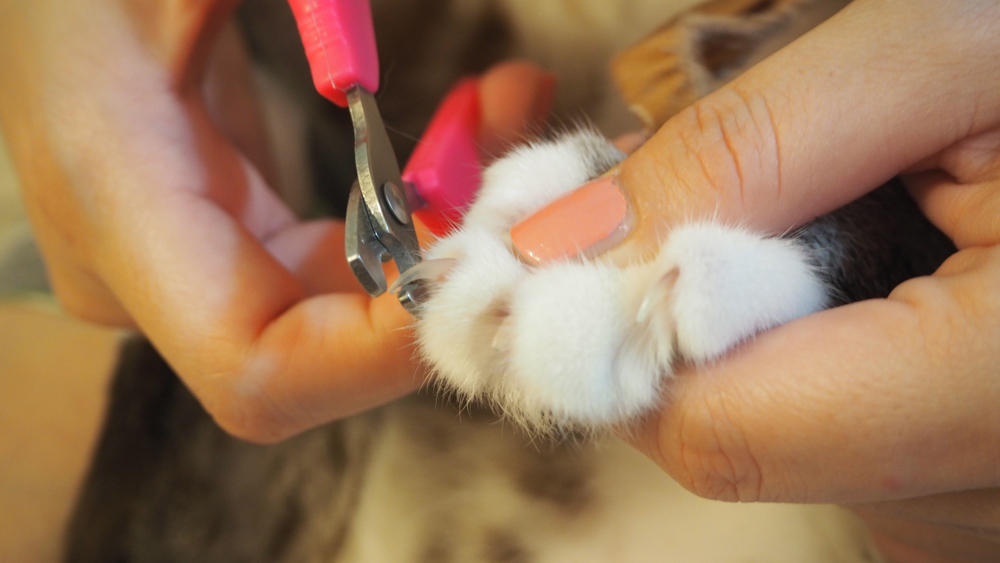
Long nails can cause your pet discomfort and even pain. So, keep their nails trimmed. Use nail clippers designed specifically for pets, and carefully avoid cutting the quick, the nail’s pink area that contains blood vessels and nerves. If you’re unsure about trimming your pet’s nails, ask your veterinarian or a professional groomer for a demonstration.
#3: Remember to groom your pet’s ears
Dirty ears can cause infections and other health problems, and keeping your pet’s ears clean is important. Moisten a cotton ball or a soft cloth with ear cleaner, and gently clean your pet’s ears. Avoid using cotton swabs or other implements that can damage your pet’s ears.
#4: Bathe your pet every few months
A clean pet is a happy pet, and bath time doesn’t have to be a hassle for you or your pet. Follow these for a stress-free bathing tips:
- Brush your pet first — Before bathing your pet, brush their coat to remove any loose hair, dirt, or mats. This will make it easier to lather up the shampoo and remove all remaining debris.
- Prevent slipping — Place a rubber mat in the tub or sink to prevent your pet from slipping and falling.
- Test the water — Fill the tub or sink with warm water, up to the level of your pet’s belly. Test the water temperature before placing your pet in the basin. The water should be warm but not hot.
- Use pet shampoo — Use a shampoo that is specifically designed for your pet’s coat type. Wet your pet’s coat thoroughly, and then apply the shampoo, making sure to avoid getting the soap in your pet’s eyes, ears, or nose. Rinse your pet thoroughly, making sure to remove all the shampoo.
- Dry thoroughly — After rinsing your pet, dry them thoroughly with a towel, or air dry them with a hair dryer set on its lowest setting.
#5: Leave anal sac care to the veterinary professionals
Many pets involuntarily express their anal glands, but some pets need their glands manually expressed at one time or another. Expressing anal glands is a smelly—and sometimes messy—part of grooming, and one that is best left to the professionals at Hearthstone Veterinary Hospital. Incorrect technique can cause your pet pain or serious harm, and our team is trained to perform this task safely and effectively.
Grooming your pet can be a fun and rewarding experience for both of you. If you have additional questions about grooming your pet or need to schedule their next wellness exam, contact our Hearthstone Veterinary Hospital team.



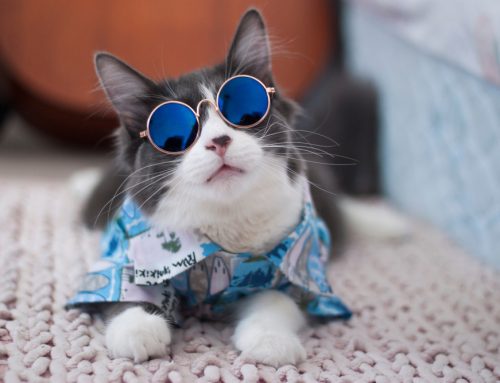
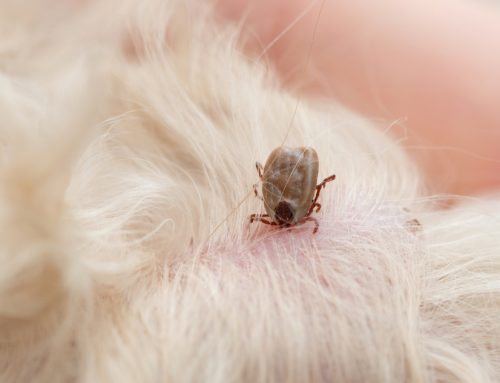
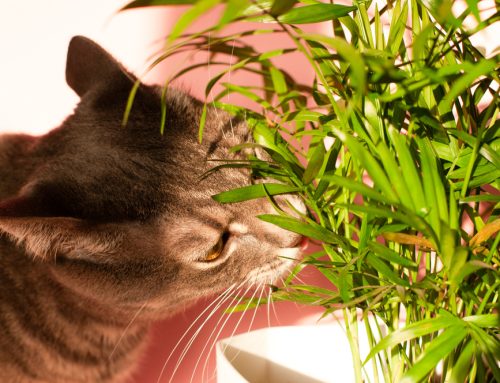
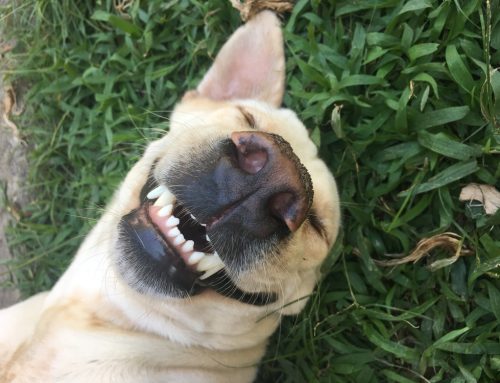
Leave A Comment